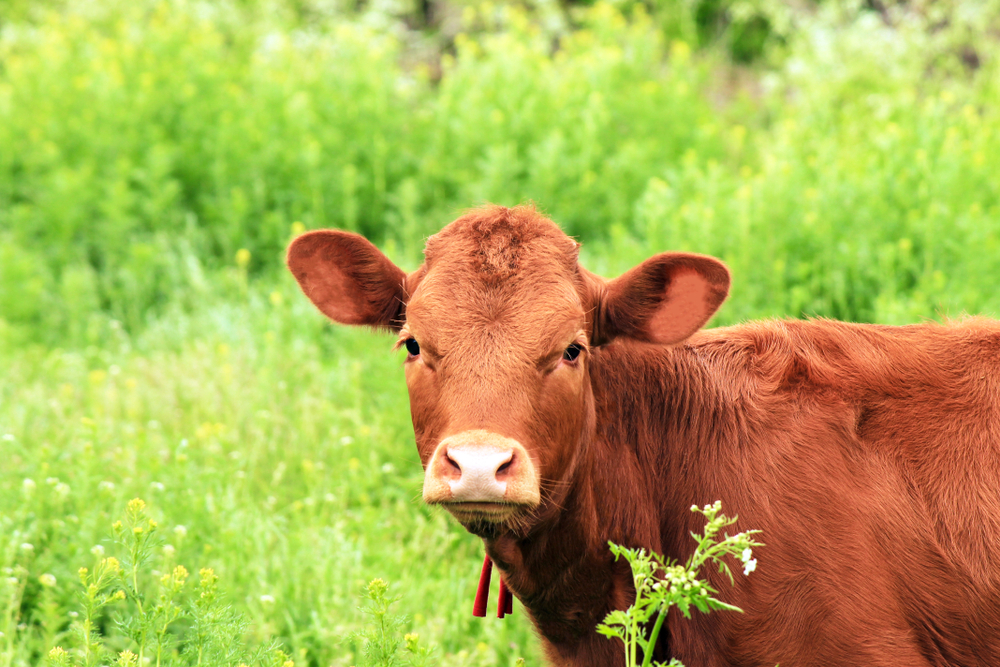If a day could be assigned a catchphrase, the choice for Purim would be obvious: “v’nahafoch hu,” “and it was reversed.” In fact, this phrase from the Megillah, “v’nahafoch hu” is the only possible candidate, explaining everything about the logic-defying events and observances of the day. Not to mention that despite heavy usage, the phrase has lost none of its relevance. Purim teaches us that we can always be sure that more surprises await us as a people. Such surprises may even bring a total mahapecha (reversal) in our thinking. Take, for example, the surprising connection between Binyamin and Achashverosh.
…” u’liBinyamin nassan…chamesh chalifos semalos” (Bereishit 45:22) “But to Binyamin he gave [five sets of clothes].”
Here the Gemara (Megilla 16) asks a question: how could Yosef single out Binyamin? Wasn’t Yosef concerned that giving Binyamin special clothes would arouse the same kind of jealousy that led to his own suffering? The Gemara answers that Yosef had a special reason to give Binyamin exactly this gift. The gift was a hint that one day a descendant of Binyamin, Mordechai, would similarly depart from a king—in this case Achashverosh—in a five-part royal garment, (Esther 8:15).
We can understand the parallel between Binyamin and his descendant Mordechai; both take their leave from important people while dressed in royal raiment. It is much more difficult, however, to find a parallel between Yosef and Achashverosh. Yosef is only second-in-command as viceroy to Pharaoh, while Achashverosh is King. In addition, Yosef and Achashverosh are not related by blood.
But we might say that an ancestor is also a progenitor, someone who gives birth to something: a living being, an idea, a movement, and so forth. Looking at it this way, Binyamin is the ancestor or the progenitor of Mordechai, just as Yosef is the progenitor of Achashverosh. It’s shocking, of course. How could this gentile king have come from such royal Jewish stock as Yosef? Here, a reminder is in order.
Some 200 years before the Purim story occurred, the vast majority of the tribes of Yosef (Ephraim and Menashe) went into exile. It was ruled by our Sages that these exiles were to be legally considered gentiles (Yevamos 17a). We should not be surprised to find that several generations later, one of them should rise to prominence, Achashverosh.
While this is an interesting idea, it would seem to be mere conjecture. But what if there were something more to tie the two together: Yosef and Achashverosh? It would be nice, for example, if “Achashverosh” would equal “Yosef” in gematria which it obviously does not. And we do know that for all intents and purposes, Yosef became two shevatim, or tribes: Ephraim and Menashe. But combining the gematria of those names only yields 726, still shy of “Achashverosh” by 95.
Where do we find that extra 95, then? In no other but in the name of the infamous villain of the Purim story: Haman! The gematria of Haman is 95!
The implication of this message is clear: Achashverosh represents Yosef, being biologically descended from him, even, but he had “Haman” in him, a strong anti-Semitic streak no doubt developed by disassociating from his own people and attaching himself to their enemy. But for that, Achashverosh would be fit to be a great friend of the Jews.
Once Haman fell out of the King’s graces in the Purim story, Achashverosh underwent a reversal. He became philosemitic, a Jew-lover, having cooperated with Mordechai and Esther to the fullest. In facilitating all their requests, Achashverosh had actively disassociated from evil, and attached himself to the Jews.
An objection to this gematria can be raised. Associating Achashverosh with Ephraim and Menashe makes sense in the abstract, because the latter two fully represent Yosef, from whom they descend. But on a practical level, it is only one or the other who may be credited with this offspring, that is to say Achashverosh must come from either Ephraim or Menashe. How can tying his name to both, reflect the reality of his background? One way out of this seeming dilemma would be to join his father to one, and his mother to the second. Looking further, the truth is revealed, a much more impressive and satisfying answer.
Before his death, Yaakov told Yosef, “Any children born to you after Efraim and Menashe will not be independent tribes such as their older brothers have become, but will rather be subsumed under one of them (Beraishis 48:6).”
While the Chumash makes no specific mention of these children, the Ramban says we can be sure our patriarch’s words were not said in vain, but were realized. There were children even if their names were never revealed. So what became of them and their progeny? Which shevet or tribe did they eventually join?
Rav Yaakov Kamenetsky, zt”l suggests that these offspring are alluded to in the list of the meraglim, the 12 spies (Bamidbar 13:11). There it says, “livnei Yosef, livnei Menashe” or “to the sons of Yosef, to the sons of Menashe” for that shevet, tribe, but only “livnei Efraim” omitting any mention of Efraim’s ancestor, Yosef. Why the added “livnei Yosef” in regard to the offspring of Menashe? Rav Yaakov answers this as a reference to the earlier-mentioned unnamed sons of Yosef who were apparently linked to Menashe.
Excellent! But how then can we explain the exact reversal of this phenomenon as it appears earlier in the story (Bamidbar 1:10), where it says “b’nei Yosef” or sons of Yosef by way of Efraim, and not by Menashe?! Did those “extra” families hop from one Josephian tribe to the other? That may be what we conclude if we take Rav Yaakov’s idea to its natural end. But the Netziv helps us reach understanding in his explanation of Bamidbar 2:20.
At the outset of Sefer Bamidbar, Efraim was the dominant of the two tribes. In the sequel, the title is transferred to Menashe, with the change taking place at the time of the meraglim. Apparently, these “transient” Josephites were absorbed by whichever shevet was ascendant at the time. This would explain the great reversal in the counting of the shevatim. In Bamidbar, Efraim outnumbers Menashe, 40,000 to 32,000. In Pinchas, however, the situation is greatly reversed; and Menashe leads the population count at 53,000 to 33,000. Defection would help in part, to explain the reversal, with members of one tribe leaving to join the other, more prosperous tribe.
If so, our earlier difficulty with Achashverosh is now easily resolved. His name alludes to heritage from both Efraim and Menashe, because he comes from neither of them, but rather from among the later sons born to Yosef, those who moved from shevet to shevet. The gematria actually couldn’t have been better; as Achashverosh is indeed “from” both Menashe and Efraim!
But there is more. A sort of “icing on the cake.” Note the words with which Yaakov assures Yosef of yet more children. Their fate is to be named for their brothers, al shem acheihem yikra’u,” which has a gematria equal to that of “Achashverosh.” In fact, the first five of the seven letters that make up the name of Achashverosh, aleph, ches, shin, vav, reish, appear within that same short biblical phrase; in gematria it is necessary only to match up the nine remaining letters of the phrase with the “vav, shin” of Achashverosh. This, one might say, clinches the argument, bs”d.
Yet one troubling thought remains. Wouldn’t one clear statement have been superior to all these hints and indications? This point is significant and must be acknowledged. To this we counter that the reality we are discussing is actually a weak one, since the Halacha doesn’t recognize it. That is to say, Achashverosh is not legally descended from Yosef, and this overrides the biological approach that says otherwise. Therefore, it is with admirable precision that his ancestry is presented in an obscure, low-key way. That is exactly the sort of truth that it is.
Despite all this, it is logical to assume that this hazy, newfound ancestry could explain some things, how such a revered Jewish ancestor made a difference to the type of person Achashverosh was.
We hope we have been accurate in arriving at this heretofore concealed insight, and that it increases our appreciation of the Purim day, known for revelation of Hashem’s involvement from a context of concealment.
Purim: Of our flesh, but not our brother
Rabbi Dovid Stimler, zt”l, submitted by his sister, T. Younger.


